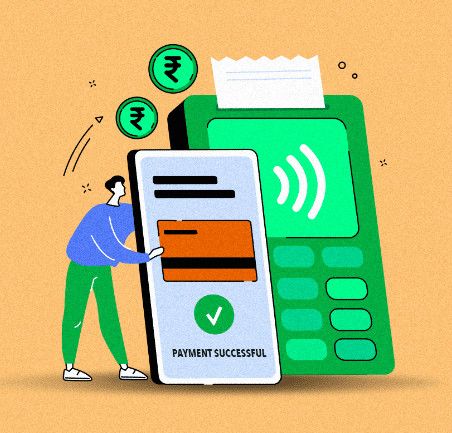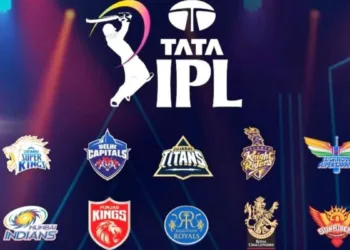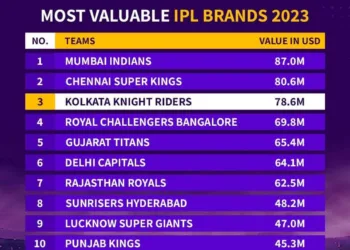In the financial year 2022-2023 (FY23), digital payments experienced remarkable growth, as indicated by data from the Reserve Bank of India (RBI) index for measuring the level of digitization in payments. The RBI-Digital Payments Index (RBI-DPI) revealed that in March 2023, the index reached a value of 395.58, compared to 377.46 in September 2022, which was announced on January 31. This demonstrated a substantial growth of 13.24 percent within that period.

Everything you need to know about increasing Digital Payments
The RBI-DPI index witnessed a continuous upward trend across all its parameters, fueled by significant advancements in payment infrastructure and overall payment performance throughout the country during the specified timeframe. To provide context, the RBI-DPI has its base index set at 100 for March 2018 and has been consistently increasing since then, showcasing the nation’s gradual adoption and reliance on digital payment methods.

In March 2022, the RBI-DPI recorded a value of 349.30, marking a considerable increase from 270.59 in March 2021 and 304.06 in September 2021. The RBI introduced the DPI as part of its sixth bi-monthly monetary policy statement for 2019-20 to assess the level of digital payment integration nationwide. This comprehensive index comprises five key parameters, including payment enablers, payment infrastructure (demand-side factors), payment infrastructure (supply-side factors), payment performance, and consumer centricity. Each of these parameters consists of various measurable indicators to gauge the progress of digital payments in the country.
The RBI-DPI is published on a semi-annual basis, with a lag of four months to allow for a thorough analysis and evaluation of the data. Moreover, a recent report by PwC India predicts that Unified Payments Interface (UPI) transactions are expected to reach a remarkable milestone of 1 billion transactions per day by the year 2026-27.

UPI has been a driving force behind the surge in digital payments in India and has accounted for approximately 75 percent of the total transaction volume in the retail segment during the period of 2022-23. Overall, the data highlights the significant strides India has made in adopting digital payments and the promising trajectory for the future of cashless transactions in the country.








